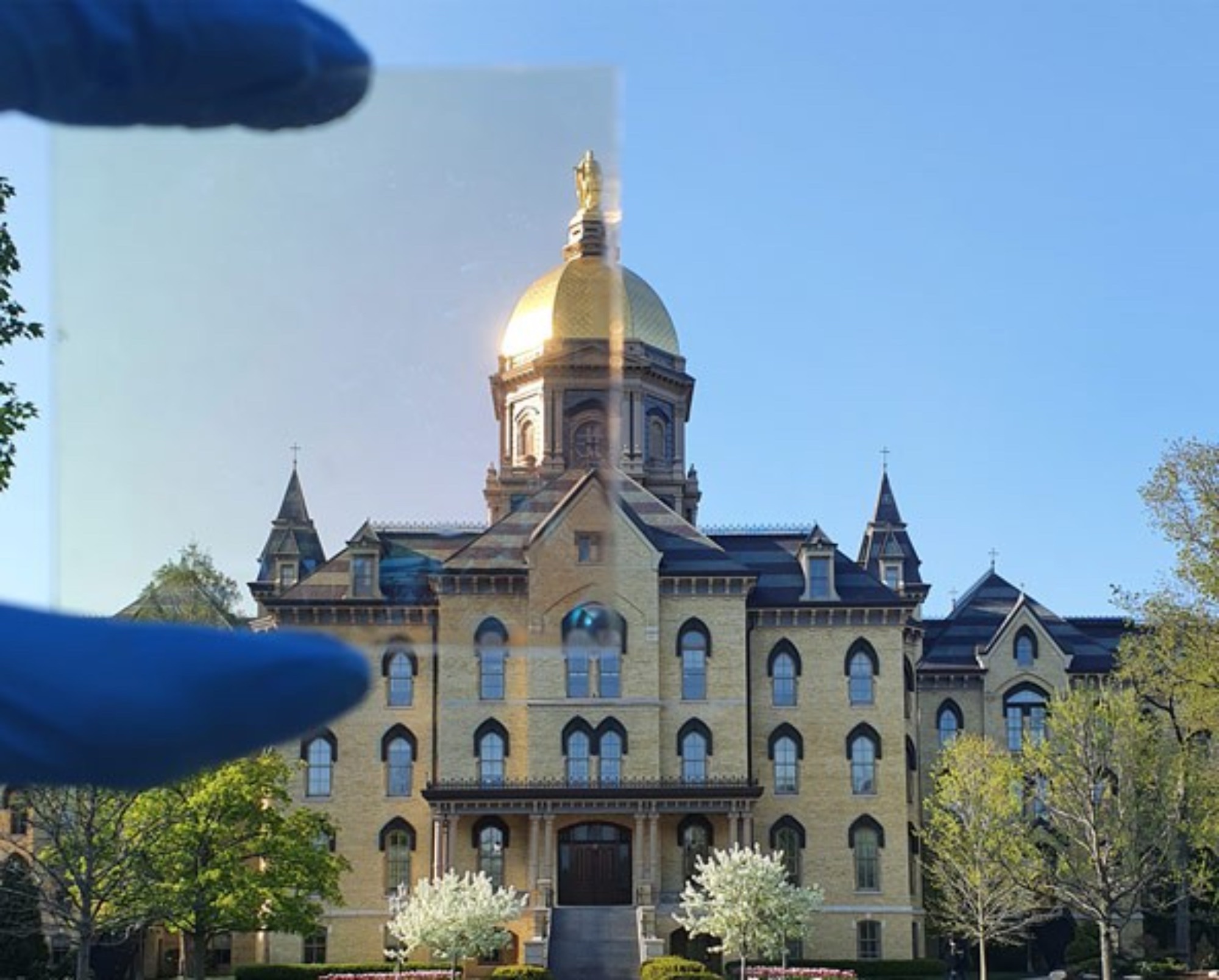Two researchers from the University of Notre Dame, in collaboration with Kyung Hee University in South Korea, have leveraged quantum computing to create a new transparent window coating that effectively blocks solar heat. The breakthrough, published in ACS Energy Levels, is the work of Tengfei Luo, Notre Dame’s Dorini Family Professor of Energy Studies, and postdoctoral associate Seongmin Kim. Their innovative transparent radiative cooler (TRC) layer allows only visible light that doesn’t raise indoor temperatures to pass through, potentially reducing building cooling costs by up to 30%.
Air conditioning and electric fans account for 20% of the energy costs in buildings worldwide, according to the International Energy Agency. This figure represents about 10% of global electricity consumption. The TRC layer developed by Luo and Kim aims to significantly cut these energy expenses by blocking the solar heat that contributes to indoor temperature increases.
To identify the optimal materials and configurations for their TRC design, the researchers turned to machine learning and quantum computing. While quantum computing is still in its early stages, it offers immense potential by surpassing the capabilities of traditional computing. Classical supercomputers process information in binary—using 1s and 0s—limiting their computational power. In contrast, quantum computers can represent information as 1, 0, or a combination of both, providing a significant advantage in fields such as natural science simulations and nuclear fusion research.
For the TRC design to function effectively, the materials had to be layered with extreme precision to ensure maximum heat reduction. Quantum computing, combined with machine learning, enabled the researchers to rapidly test countless material combinations and configurations, pinpointing the most effective one.
The final product is a 1.2-micron-thick layer composed of silica, alumina, and titanium oxide, applied to a glass base and coated with the same polymer used in contact lenses. This new combination outperformed existing heat-reduction glass coatings currently available on the market.
“I think the quantum computing strategy is as important as the material itself,” Luo stated in a press release from the University of Notre Dame. “Using this approach, we were able to find the best-in-class material, design a radiative cooler, and experimentally prove its cooling effect.”
This innovative development holds promise for more energy-efficient buildings, potentially reducing the global energy consumption associated with cooling and making a significant impact in the fight against climate change.
By Impact Lab


